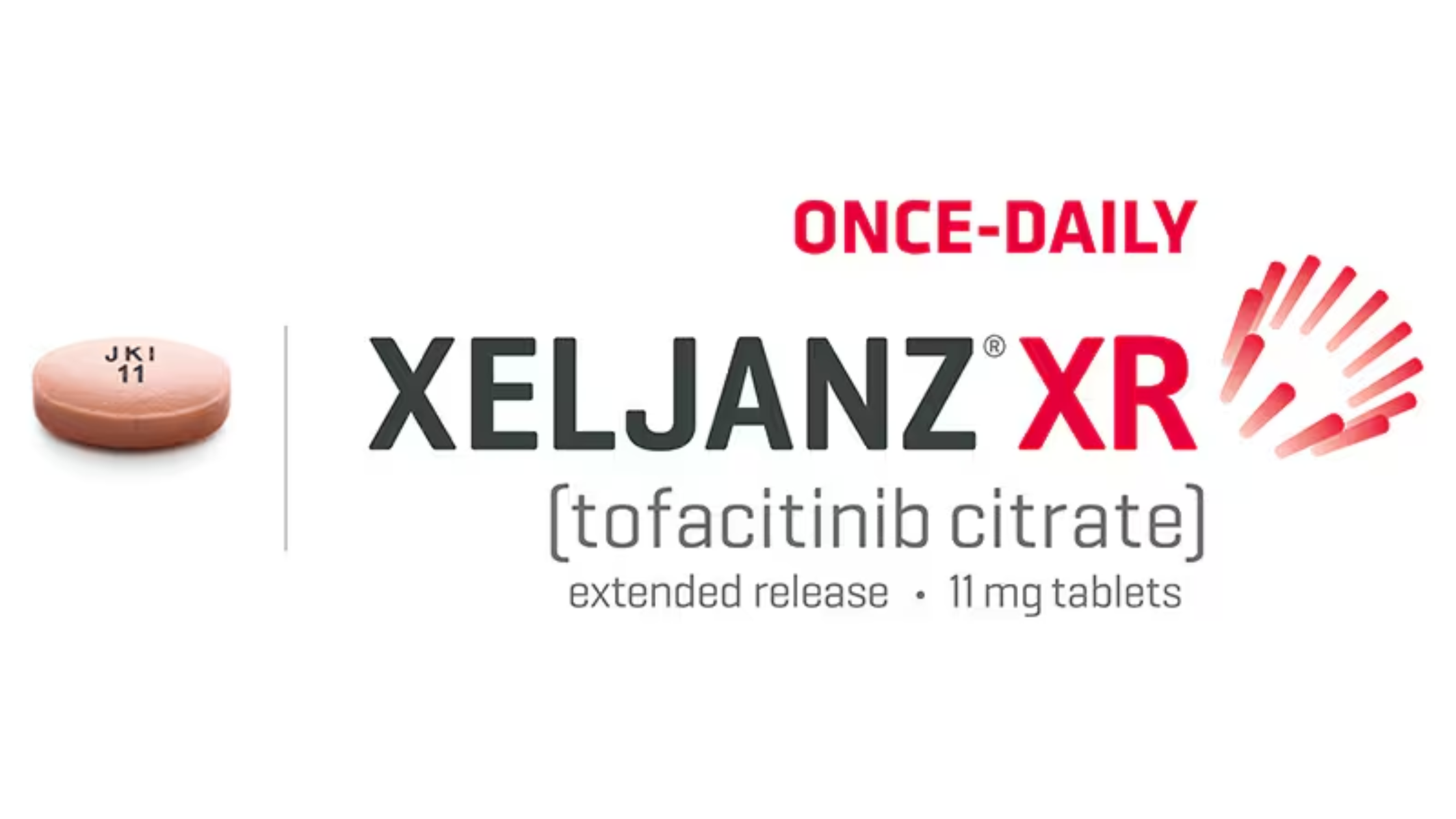What are the hereditary angioedema type 2 symptoms? Hereditary Angioedema Type 2 is a rare genetic disorder characterized by recurrent episodes of severe swelling in various parts of the body. If you’re searching for a detailed guide on the symptoms associated with Hereditary Angioedema Type 2, you’ve come to the right place. In this comprehensive article, I’ll walk you through the key symptoms, diagnostic procedures, and treatment options for this condition. Understanding these aspects is crucial for managing and potentially mitigating the effects of this debilitating disorder.
What is Hereditary Angioedema Type 2?
Hereditary Angioedema Type 2 (HAE Type 2) is one of the subtypes of hereditary angioedema, a genetic condition caused by a deficiency or dysfunction in the C1 inhibitor protein. Unlike HAE Type 1, which is caused by a quantitative deficiency of C1 inhibitor, HAE Type 2 results from a qualitative defect in the C1 inhibitor protein. This dysfunction leads to uncontrolled activation of various proteolytic pathways, resulting in severe and unpredictable swelling episodes.
Key Symptoms of Hereditary Angioedema Type 2
Understanding the symptoms of Hereditary Angioedema Type 2 is essential for timely diagnosis and treatment. Here are the primary symptoms associated with this condition:
1. Swelling (Edema)
The hallmark symptom of HAE Type 2 is recurrent swelling, known as edema. This swelling can occur in various body parts, including:
- Extremities: Hands, feet, and limbs may swell up suddenly and significantly. The swelling often occurs without any apparent cause or injury.
- Face: Facial swelling can be particularly distressing and may include the lips, eyes, and tongue.
- Gastrointestinal Tract: Swelling in the gastrointestinal tract can cause abdominal pain, cramping, nausea, and vomiting.
- Airways: Laryngeal edema, or swelling of the throat, can be life-threatening as it may obstruct the airway, leading to difficulty breathing.
2. Abdominal Pain
Abdominal pain due to gastrointestinal swelling is a common symptom of HAE Type 2. This pain can be severe and is often mistaken for other gastrointestinal issues. It can be accompanied by other symptoms like nausea and vomiting, complicating the diagnosis.
3. Facial Swelling
Facial swelling in HAE Type 2 can be both noticeable and alarming. It often affects the eyes, lips, and sometimes the entire face. This swelling may not be accompanied by pain but can cause significant cosmetic and psychological concerns.
4. Respiratory Difficulties
One of the most serious symptoms of Hereditary Angioedema Type 2 is respiratory distress due to laryngeal swelling. This can result in:
- Hoarseness: Changes in voice or difficulty speaking.
- Stridor: A high-pitched wheezing sound when breathing.
- Shortness of Breath: Difficulty in breathing, which can escalate to severe respiratory distress.
How to Diagnose Hereditary Angioedema Type 2
Accurate diagnosis of Hereditary Angioedema Type 2 is crucial for effective management. The diagnostic process typically involves:
1. Medical History and Symptom Review
Your healthcare provider will begin by reviewing your medical history and the pattern of swelling episodes. Detailed information about the frequency, duration, and triggers of these episodes is essential for an accurate diagnosis.
2. Blood Tests
Blood tests are conducted to measure the levels and functionality of the C1 inhibitor protein. In HAE Type 2, the C1 inhibitor level may be normal, but its functionality is impaired. These tests help differentiate HAE Type 2 from other types of hereditary angioedema.
3. Genetic Testing
Genetic testing can confirm a diagnosis of Hereditary Angioedema Type 2 by identifying mutations in the SERPING1 gene, which is responsible for producing the C1 inhibitor protein. This test is particularly useful in cases where the diagnosis is uncertain.
Treatment and Management
Managing Hereditary Angioedema Type 2 involves a combination of medication and lifestyle adjustments to control symptoms and prevent attacks. While there is no definitive “antidote” for HAE Type 2, several treatments can help manage and reduce symptoms:
1. C1 Inhibitor Concentrates
C1 inhibitor concentrates are used to replace the dysfunctional C1 inhibitor protein. These concentrates can be administered intravenously during acute attacks or as a preventive measure.
2. Bradykinin Receptor Antagonists
Medications like icatibant work by blocking bradykinin receptors, which are involved in the swelling process. These drugs can be effective in reducing the severity of acute attacks.
3. Angiotensin-converting enzyme (ACE) Inhibitors
While ACE inhibitors are typically used for hypertension, they can exacerbate symptoms in individuals with Hereditary Angioedema. Therefore, patients with HAE Type 2 should avoid ACE inhibitors and opt for alternative treatments.
4. Androgens
Androgens such as danazol can increase the production of C1 inhibitor proteins, helping to manage symptoms. However, these medications may have side effects, and their use should be monitored closely by a healthcare provider.
Lifestyle Adjustments and Precautions
Living with Hereditary Angioedema Type 2 requires careful management to prevent and control symptoms:
- Avoid Triggers: Certain factors like stress, trauma, or infections can trigger attacks. Identifying and avoiding these triggers is crucial for managing the condition.
- Emergency Plan: Develop an emergency plan with your healthcare provider to address acute swelling episodes, particularly those affecting the airway.
- Regular Monitoring: Regular check-ups with your healthcare provider can help monitor your condition and adjust treatment as needed.
Living with Hereditary Angioedema Type 2
Living with Hereditary Angioedema Type 2 can be challenging, but with the right management strategies, individuals can lead a relatively normal life. It’s important to stay informed about the condition, adhere to prescribed treatments, and maintain open communication with your healthcare provider.
Hereditary Angioedema Type 2 Symptoms- FAQs
1. What are the first signs of Hereditary Angioedema Type 2?
The first signs often include unexplained swelling of the limbs, face, or abdomen. Severe episodes may involve difficulty breathing due to swelling in the throat.
2. How is Hereditary Angioedema Type 2 treated?
Treatment may include C1 inhibitor concentrates, bradykinin receptor antagonists, and androgens. There is no definitive antidote, but these treatments help manage symptoms.
3. Can lifestyle changes help with Hereditary Angioedema Type 2?
Yes, avoiding known triggers and adhering to an emergency plan can significantly help manage the condition.
4. Is Hereditary Angioedema Type 2 hereditary?
HAE Type 2 is inherited in an autosomal dominant pattern, meaning a person with the condition has a 50% chance of passing it to their children.
To Summarize;
Hereditary Angioedema Type 2 is a complex and potentially debilitating condition, but understanding its symptoms, diagnosis, and treatment options can make a significant difference in managing the disorder. Although there is no single antidote for this condition, various treatments and lifestyle adjustments can help control and reduce the frequency of swelling episodes. If you suspect you have Hereditary Angioedema Type 2 or are experiencing symptoms, consult with a healthcare provider for an accurate diagnosis and personalized treatment plan.
By staying informed and proactive, you can effectively manage Hereditary Angioedema Type 2 and improve your quality of life.



